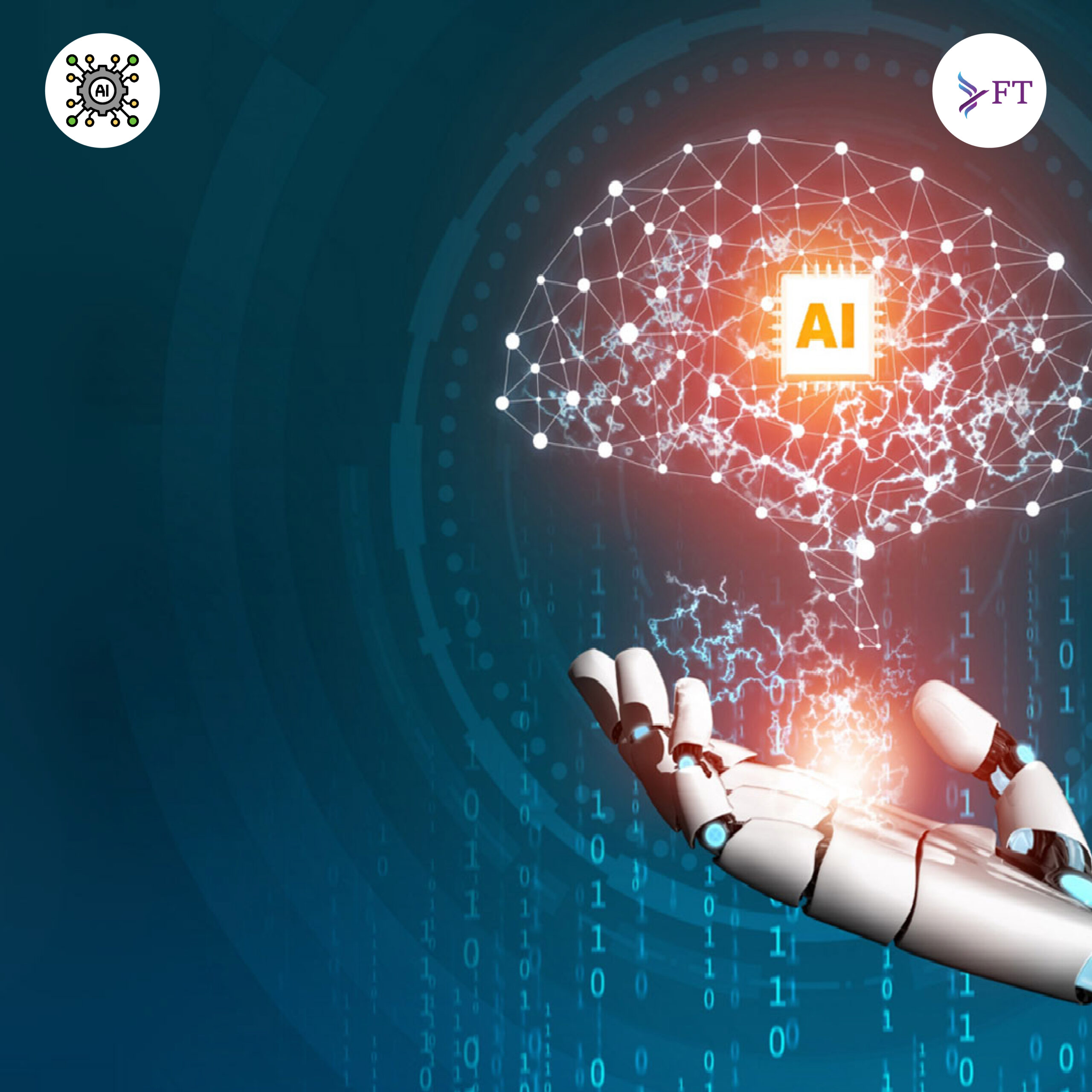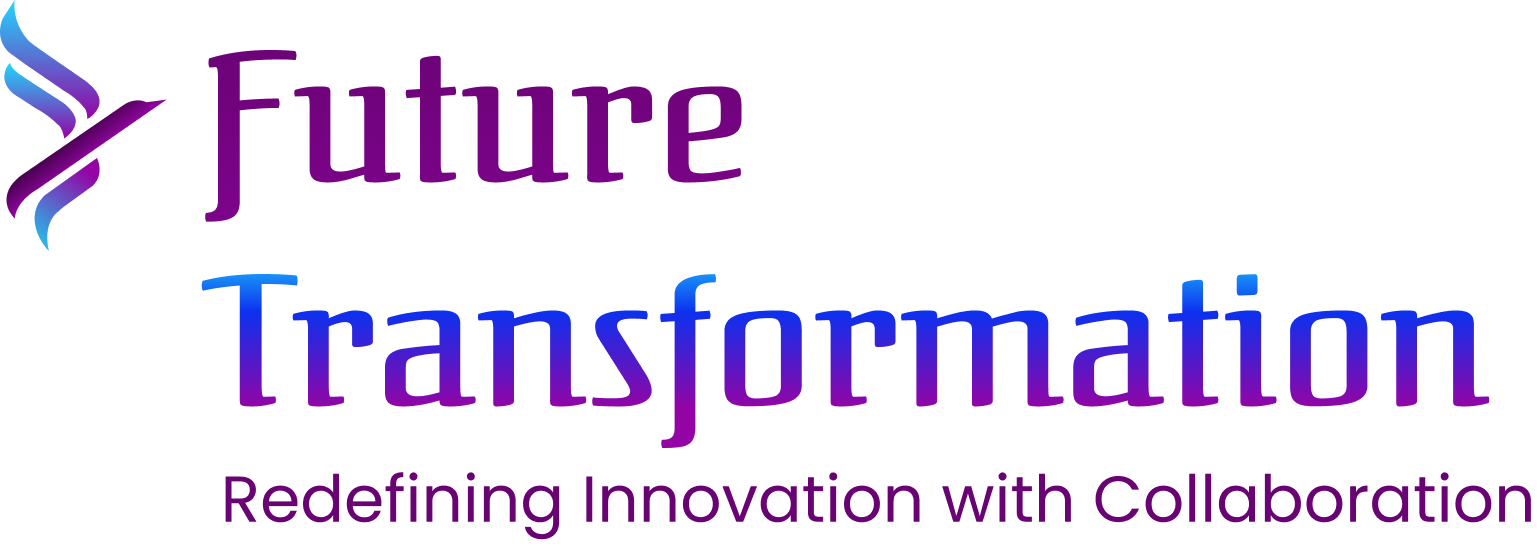
AI’s Role in Advancing Sustainable Development Goals
AI’s potential to accelerate progress toward the United Nations’ Sustainable Development Goals (SDGs) is substantial. The International Telecommunication Union (ITU), in collaboration with Deloitte, released the AI for Good Impact Report which outlines how ethical AI deployment can amplify global efforts to combat poverty, climate change, and inequality.
Transforming Industries for a Greener Future
- Energy Optimization: AI-driven algorithms are enhancing energy efficiency across sectors. For instance, smart grids use AI to predict demand, reduce waste, and integrate renewable sources.
- Precision Agriculture: AI-powered drones and sensors help monitor crop health and optimize water usage. According to a World Economic Forum report, AI-based agriculture can reduce water consumption by up to 30%.
- Waste Management: Automated AI sorting systems are improving recycling efficiency. The World Bank states that such systems could decrease landfill use by 20%.
The Evolution of AI in Sustainability Initiatives
Initially focused on data processing and automation, AI in sustainability now involves predictive modeling, real-time decision-making, and strategic planning. The Fujitsu Sustainability Transformation Survey 2024 reveals that nearly 80% of global organizations plan to embed AI into their sustainability and decision-making efforts within three years.
Case Study: India’s Leadership in AI for Sustainability
India has emerged as a global leader in sustainable AI integration. According to the IBM State of Sustainability Readiness Report 2024:
- 96% of Indian executives believe AI will positively impact sustainability efforts.
- 64% are actively implementing AI across their environmental initiatives.
This demonstrates a forward-thinking approach, combining innovation with urgency to combat climate issues at scale.
Bridging the Digital Skills Gap
Despite AI’s potential, a digital skills shortage remains a significant barrier. In response, companies like IBM have launched accessible, free online AI education platforms targeting underserved communities. This democratizes AI literacy and builds a pipeline of skilled workers ready to drive impact.
Further, a Reuters report emphasized how the sustainability profession is “scrambling” to fill these gaps to harness AI’s full potential and particularly concerning the integration of artificial intelligence (AI) to address environmental challenges.
AI’s Environmental Footprint: A Double-Edged Sword
While AI helps solve environmental problems, its growth also creates new ones. Massive data centers required for AI training consume vast amounts of power and water.
A Financial Times article reported that Google’s greenhouse gas emissions have surged by nearly 50% over the past five years, primarily due to the expansion of data centers supporting artificial intelligence (AI) operations. This increase reflects the significant energy demands associated with AI technologies. In response, Google is investing in renewable energy sources and developing more energy-efficient AI models to mitigate its environmental impact.
A related Wall Street Journal report explores innovation in green computing as a solution, such as using AI to optimize its own energy consumption.
Key insights from the Deloitte report on generative AI’s impact on data center sustainability:
- Data centers are projected to consume around 536 TWh of electricity in 2025, about 2% of global electricity.
- By 2030, this could double to over 1,000 TWh, largely driven by generative AI workloads.
Global Cooperation: Ensuring Equitable AI Access
AI’s benefits are not evenly distributed. Developing countries risk being left behind without access to cutting-edge tools, talent, and infrastructure.
To address this, the United Nations proposed a Global AI Fund. This fund would:
- Provide AI models and computing infrastructure
- Deliver training programs
- Ensure equitable access to AI benefits for all nations
This step is vital to prevent technological divides and support inclusive progress toward the SDGs.
Regulatory Trends in AI
Report from EY shows the six Regulatory Trends in Artificial Intelligence
Core Principles: AI regulations follow key principles set by global organizations like the OECD and G20. These include protecting human rights, ensuring transparency, managing risks, and promoting sustainability.
Risk-Based Approach: Rules are designed based on the level of AI risk. Low-risk AI faces fewer rules, while high-risk AI must follow strict regulations to protect privacy, security, and fairness.
General vs. Industry-Specific Rules: Some AI rules apply to all industries, while others focus on specific sectors, depending on how AI is used.
Aligning with Other Policies: AI regulations are being developed alongside other digital policies like cybersecurity, data privacy, and intellectual property laws.
Working with Businesses: Governments are partnering with private companies through regulatory “sandboxes” to test AI rules, ensuring safety while allowing innovation.
Global Cooperation: Countries are working together to address AI risks, especially with powerful AI models, to ensure safety and security worldwide.
Blockchain: A Catalyst for Sustainable Development
Blockchain technology is increasingly recognized for its potential to support the SDGs. The United Nations Conference on Trade and Development (UNCTAD) highlights that blockchain can contribute to various SDGs, from providing food vouchers in refugee camps to enhancing property and land registries.
The study titled Toward a Greener Future: A Survey on Sustainable Blockchain Applications and Impact gives solution
- Adoption of low-energy consensus mechanisms like Proof-of-Stake (PoS) instead of Proof-of-Work (PoW).
- Integration with renewable energy sources to power blockchain infrastructure.
- Use of blockchain for carbon credit tracking, sustainable supply chains, and energy-efficient smart contracts.
- Encouragement of policy frameworks and regulatory standards to guide sustainable blockchain use.
Enhancing Transparency and Trust
Blockchain’s decentralized nature ensures transparency and trust in transactions, which is crucial for initiatives like carbon credit trading and supply chain management. By providing an immutable record of transactions, blockchain can prevent fraud and ensure that sustainability efforts are verifiable and accountable.
Promoting Inclusive Economic Growth
Blockchain can facilitate financial inclusion by providing secure and accessible financial services to unbanked populations. This promotes inclusive economic growth and can help reduce inequalities, aligning with SDG 10.
Conclusion: AI and Blockchain as a Catalyst for a Sustainable Future
AI and blockchain have emerged as a powerful catalyst in humanity’s quest for sustainability. From reducing emissions to ensuring food security and optimizing energy usage, its potential is vast, but only if wielded responsibly.
To build a better tomorrow, we must:
- Invest in skills: Equip the workforce with AI capabilities tailored for sustainability roles.
- Boost transparency: Ensure AI systems are explainable and ethically designed.
- Adopt green: Innovate eco-efficient algorithms and hardware.
- Promote global collaboration: Support underserved nations in AI and blockchain integration.
Source
- https://www.itu.int/osg/year-in-review-2024/shaping-transformation/responsible-ai/
- https://alova.io/how-ai-is-driving-sustainability-efforts-in-2024/
- https://global.fujitsu/en-global/about/vision/leadership-challenges/sustainability-transformation-survey-2024
- https://in.newsroom.ibm.com/2024-11-28-IBM-State-of-Sustainability-report-2024-India
- https://www.reuters.com/sustainability/society-equity/sustainability-profession-scrambles-fill-extreme-gap-digital-skills-harness-2024-11-28/
- https://www.ft.com/content/383719aa-df38-4ae3-ab0e-6279a897915e
- https://www.weforum.org/stories/2021/10/why-blockchain-is-the-key-to-meeting-the-sdgs/


